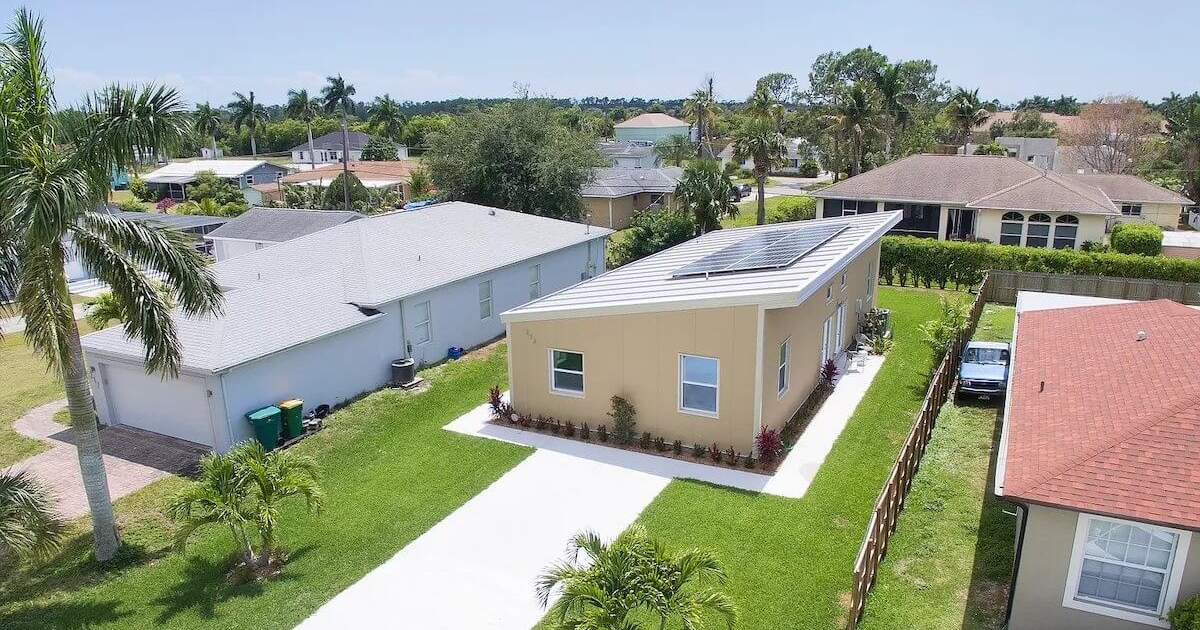What is Sustainable Living?
If one were to ask ten sustainability experts, “What is sustainable living?” you would likely get ten different answers. The following is my view on what is sustainable living.
First, sustainable living needs to be the practice of minimizing our carbon footprint. Since almost everything we own, everything we do and everything we eat has a carbon footprint, there is a lot to be considered. Always keeping in mind that anything is better than nothing, the goal is to find maximum sustainability in all areas of our life. Here are the common “R’s” for sustainably living.
Recycle – Recycling is a fantastic way to keep certain raw materials in use. Paper, plastic, aluminum and glass can get reprocessed and turned back into other products. The process, however, does require energy to pick the items up, redistribute to the various recyclers and then, it will need to be reprocessed. Each of those steps requires more energy. Technically, having paper and cardboard put into a compost pile is more carbon positive than having it hauled and recycled.
Reuse – When possible, avoiding containers which need to be recycled contributes more to sustainable living than recycling does. A good example would be using refillable coffee travel mugs instead of single-use cardboard coffee cups.
Repurpose - With many Americans choosing to downsize, there are a lot of household furnishings that are no longer needed. Often these unwanted items will end up in a landfill. One way to keep these things in use is to donate them to a charity that can find a new home for them. First time homeowners who are conscious of the environment will often go out of their way to find ways to repurpose vintage furnishings from non-profits.
Renewable Energy - Living in a home that relies on solar and/or wind power, along with battery storage for storing electrical energy is one of the best ways to achieve a more environmentally sustainable lifestyle. The fact is that most homes are not engineered for maximum efficiency. Consequently, it can be difficult to adapt renewable energy practices to meet the energy needs. JLH Sustainable Housing has engineered two buildings which maximizes the available renewable energy and achieves a negative carbon footprint. The Benson St house project proved that a properly engineered home can generate enough renewable energy to not only power all the energy needs of the home but, to produce, store and charge an electric vehicle. Furthermore, the home was built with primarily recycled steel, making this the ultimate in sustainable living.

